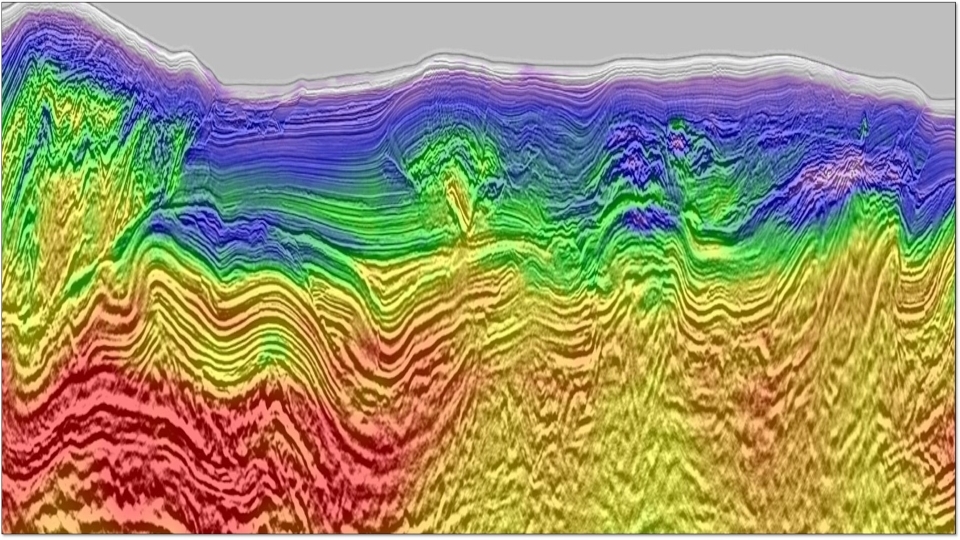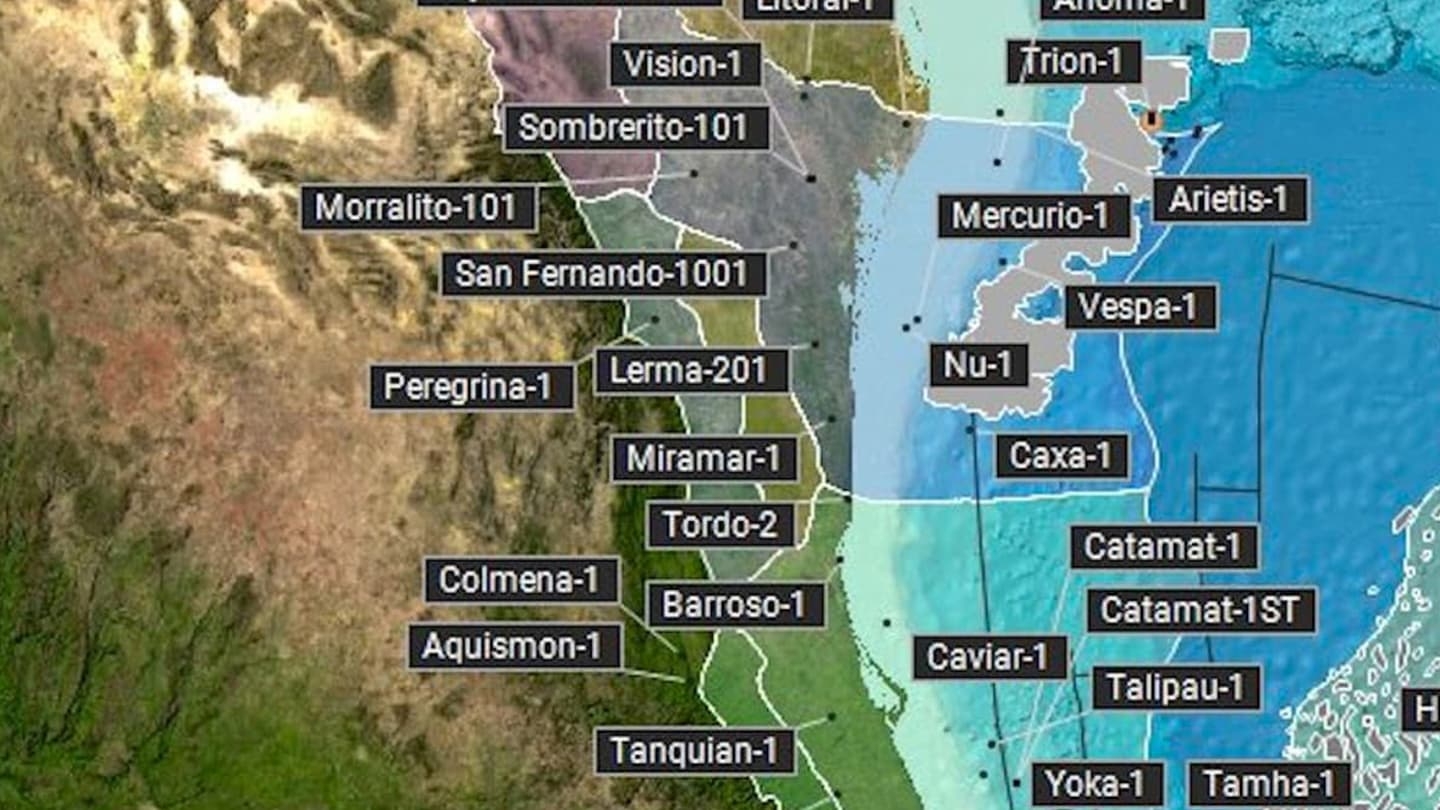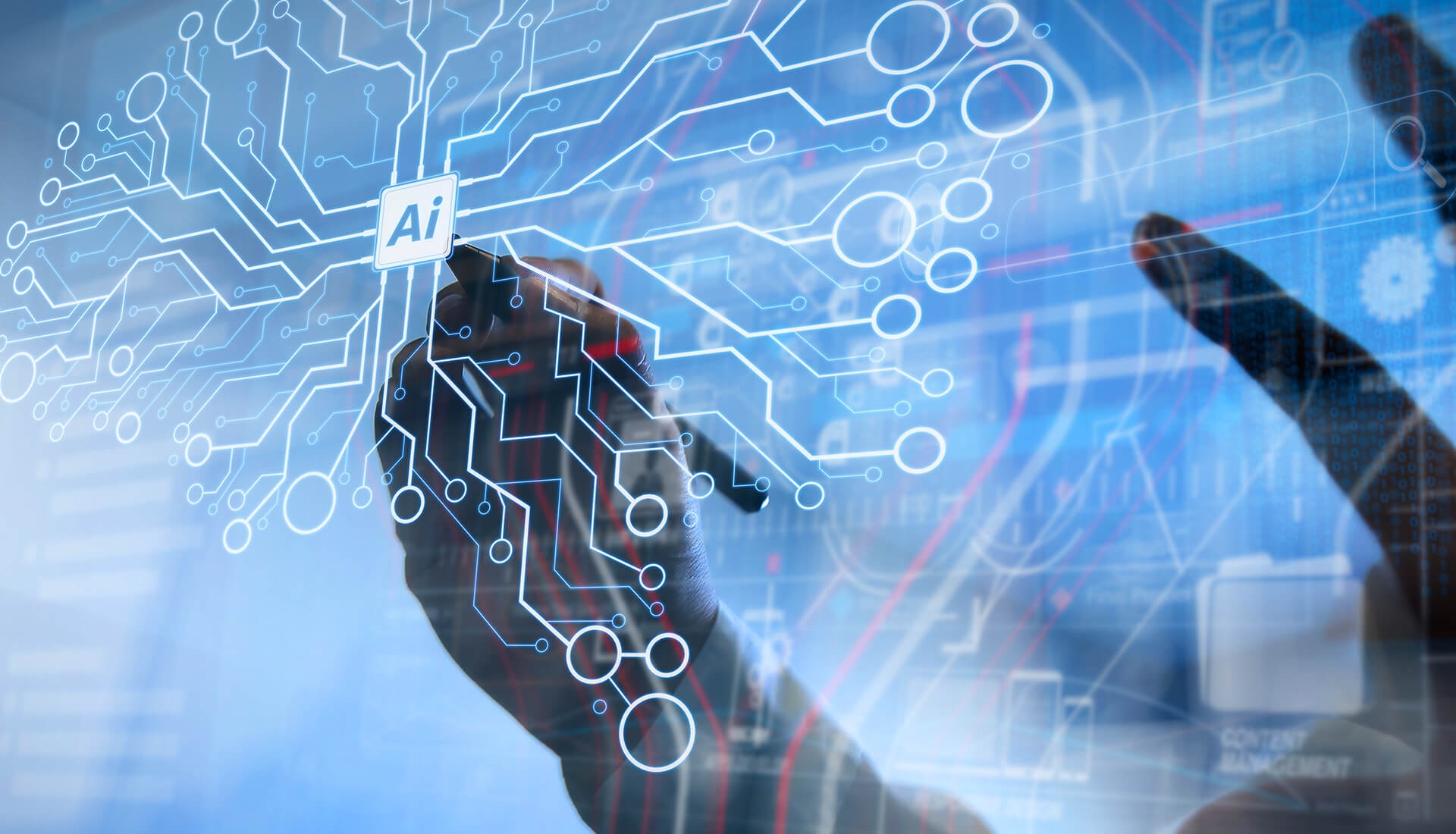Machine learning is rapidly becoming a standard technology within the oil and gas industry. This is especially true in petrophysics, where Big Data tend to need more efficient and faster data analysis. The term “machine learning” was coined in 1959 by Arthur Samuel and can be defined as data-driven predictions of behavior rather than rule-based algorithms. Essentially, it is a computer science that uses statistical techniques to give computer systems the ability to learn with data and without being explicitly programmed. A simple example is to record many measurements of the time required for objects of differing attributes to fall various distances and then build a predictive model using linear regression. This predictive model would not be based upon the theory of gravity or the gravitational constant. Instead, through many observations, the model would learn the underlying order in the data. Supplying more data to the model would increase the model’s accuracy. Thus, machine learning models should improve and become better over time as more data become available.
Download Resource 
Publications
Hart's E & PAuthors
Fred Jenson





